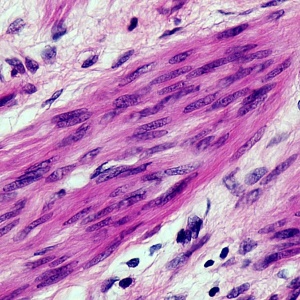
This paper, co-authored by FCRN member Alexandra Sexton (who is part of Oxford’s Livestock, Environment and People project), identifies key moments in the field of cellular agriculture from the past two decades. The first wave of largely university-based research lasted until the 2013 presentation of the cultured burger created at Maastricht University, while the second wave has seen the emergence of a start-up culture.
As well as discussing the institutional context of cellular agriculture (i.e. what form the actors in the space take, whether academic or entrepreneurial), the paper sets out how the understanding and interpretation of cellular agriculture has changed, covering nomenclature, the differences between conventional and cellular meat, and legal regulation.
Abstract
Cultured/clean/cell-based meat (CM) now has a near two decade history of laboratory research, commencing with the early NASA-funded work at Touro College and the bioarts practice of the Tissue Culture and Art project. Across this period the field, or as it is now more commonly termed, the “space,” has developed significantly while promoting different visions for what CM is and can do, and the best mechanisms for delivery. Here we both analyse and critically engage with this near-twenty year period as a productive provocation to those engaged with CM, or considering becoming so. This paper is not a history of the field, and does not offer a comprehensive timeline. Instead it identifies significant activities, transitions, and moments in which key meanings and practices have taken form or exerted influence. We do this through analyzing two related themes: the CM “institutional context” and the CM “interpretative package.” The former, the institutional context, refers to events and infrastructures that have come into being to support and shape the CM field, including university activities, conferences, third sector groups, various potential funding mechanisms, and the establishment of a start-up sector. The latter, the interpretative package, refers to the constellation of factors that shape or assert how CM should be understood, including the various names used to describe it, accounts of what it will achieve, and most recently, the emergent regulatory discussions that frame its legal standing. Across the paper we argue it is productive to think of the CM community in terms of a first and second wave. The first wave was more university-based and broadly covers the period from the millennium until around the 2013 cultured burger event. The second wave saw the increasing prevalence of a start-up culture and the circuits of venture capital interest that support it. Through this analysis we seek to provoke further reflection upon how the CM community has come to be as it is, and how this could develop in the future.
Reference
Stephens, N., Sexton, A. and Driessen, C., 2019. Making sense of making meat: key moments in the first twenty years of tissue engineering muscle to make food. Frontiers in Sustainable Food Systems, 3, p.45.
Read the full paper here. See also Alexandra Sexton’s FCRN blog post Framing the future of food: The contested promises of alternative proteins and the Foodsource resource How far could changes in production practices reduce GHG emissions?







Post a new comment »